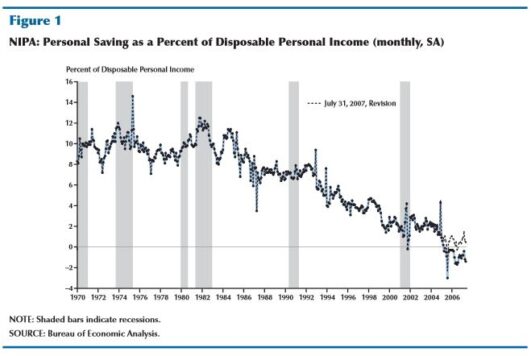What is the National Savings Rate?
The national savings rate is the percentage of gross domestic product that households, governments and businesses save rather than spend.
How Does the National Savings Rate Work?
There are only two things to do with money: spend it or save it. By definition, the national savings rate is the amount of money not spent. Mathematically, this means measuring the difference between disposable personal income and personal consumption expenditures. More intuitively, it includes the items people typically associate with savings: money in 401(k)s, IRA contributions, employer contributions to retirement plans, deposits into mutual funds, and savings accounts.
The Bureau of Economic Analysis studies the national savings rate.

Why Does the National Savings Rate Matter?
Increases in national savings rates indicate that a company is developing, and decreases in national savings rates indicate that households are consuming more than their after-tax incomes allow. In the United States, the national savings rate famously declined beginning in the 1990s, and this lack of savings almost certainly contributed to the wave of foreclosures and expansion in government support programs during the Great Recession. Low national savings rate also tend to precede growing dependence on capital from foreign individuals.



